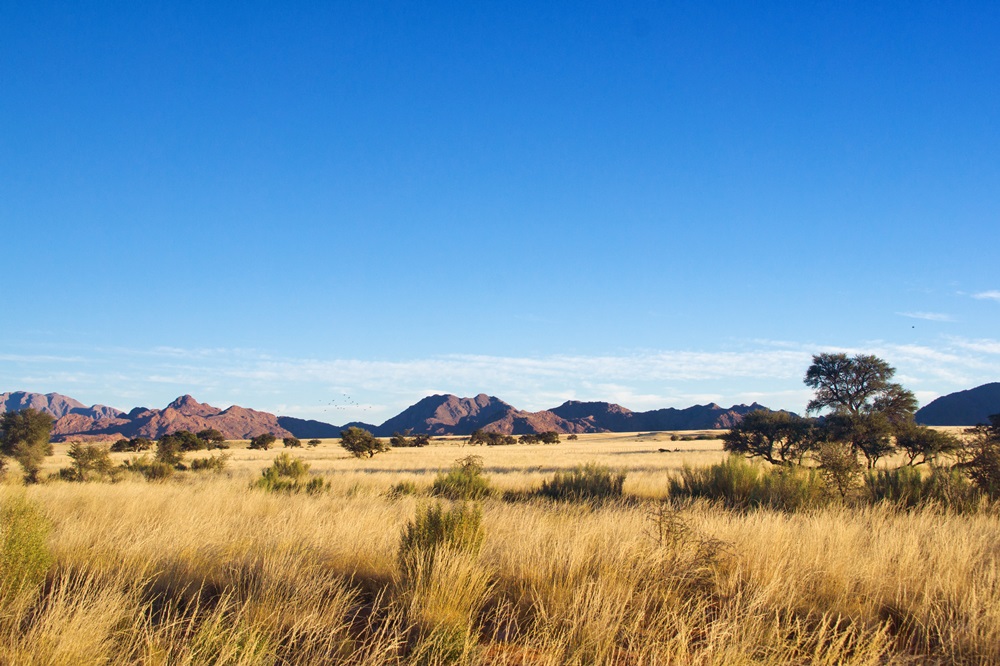Saving a species from extinction can cost a lot of money, but researchers at the University of Canberra’s Institute for Applied Ecology (IAE) have found that spending more doesn’t necessarily lead to constant improvements.
The team, led by IAE’s Emeritus Professor Jim Hone, studied the relationship between positive outcomes in conservation management and the amount of money spent.
The Effort–Outcomes Relationship in Applied Ecology: Evaluation and Implications, recently published in the journal BioScience, included their findings on elephant and rhino conservation in Africa and brush-tailed possum management in New Zealand.
“We found that spending more money results in better outcomes for rhinoceros and elephant populations,” Professor Hone said. “Populations of these threatened species can grow over years if enough money is spent controlling poachers. Our research has found that about $230 AUD per square kilometre needs to be spent annually to produce stable populations.”
Professor Hone offered another example regarding the investment in controlling and eradicating introduced brush-tailed possums in New Zealand.
“The effort to control introduced possums has cost up to $60 million annually in New Zealand. It also produced a reduction in the rate of bovine (cow) tuberculosis, because the possums can carry the bacteria which causes the infection. That was an unexpected positive result from the spending, but the question has always been there; Will doubling the spending produce even better outcomes?”
Professor Hone said that conservation spending is a balancing act and understanding it will result in better policies.
“Governments and organisations spend money to conserve species and communities, but does doubling the spending mean the results are twice as good?”
Professor Hone and his team found a direct relationship between the amount of money spent and better outcomes, but only to a certain point.
“The catch is that the outcomes don’t keep increasing as quickly as the spending grows. In effect, there appears to be a ‘law of diminishing returns’.”
“So spending no money will probably deliver an undesirable outcome, such as the extinction of a species. As more money is spent, better outcomes are achieved. But eventually every extra dollar spent will deliver a progressively smaller change in the outcomes.”
Professor Hone hopes the findings will help scientists better estimate the outcomes when different amounts of money are spent.
“Being able to provide evidence of this relationship between money and outcomes is useful for conservation managers so they can argue more effectively for increased spending on staffing and other resources.”
“They can also argue more effectively against budget cuts, by being able to show the undesirable consequences of having less money,” he said.
IAE Thinker in Residence Professor Charles Krebs and entomologist Dr Alistair Drake also contributed to the article.



